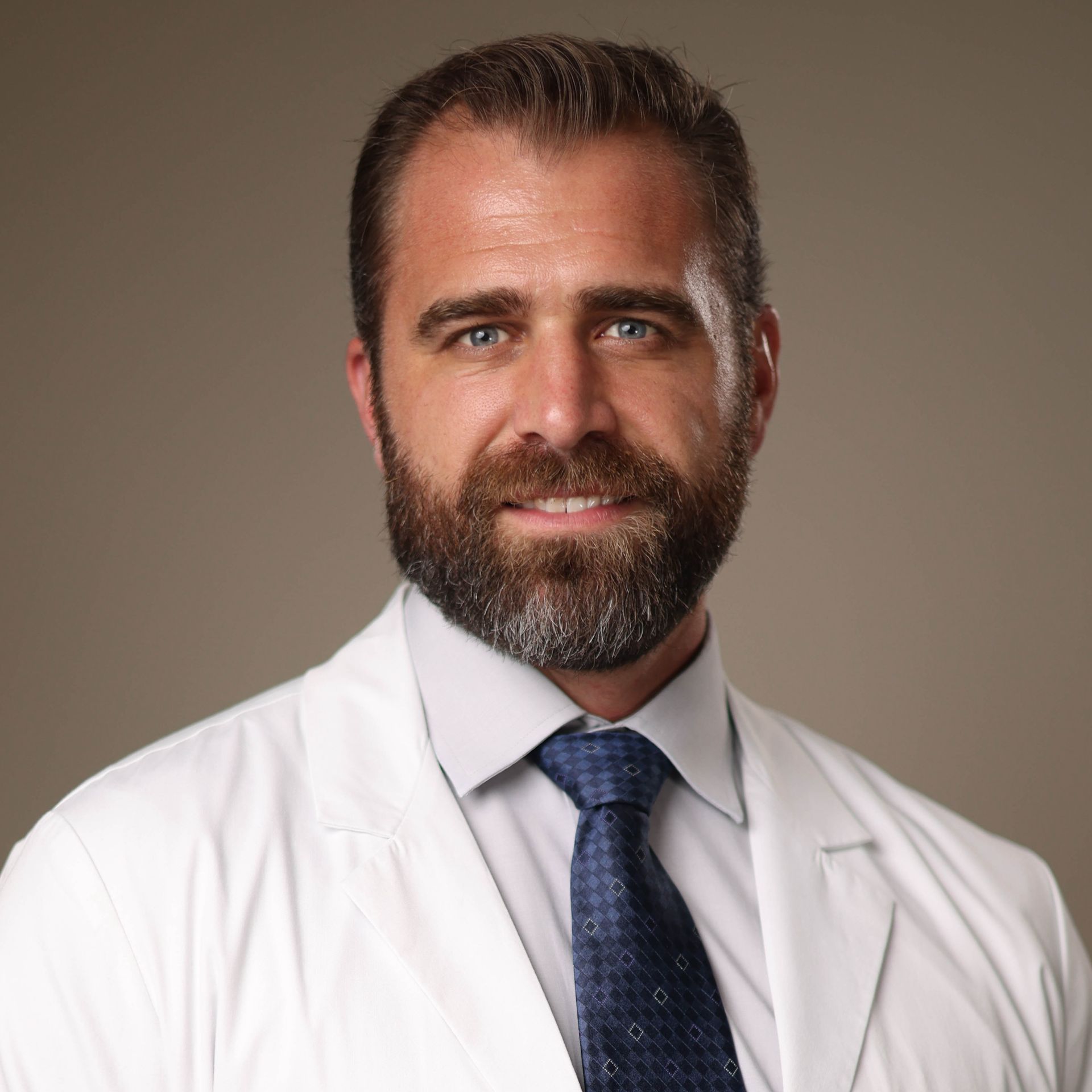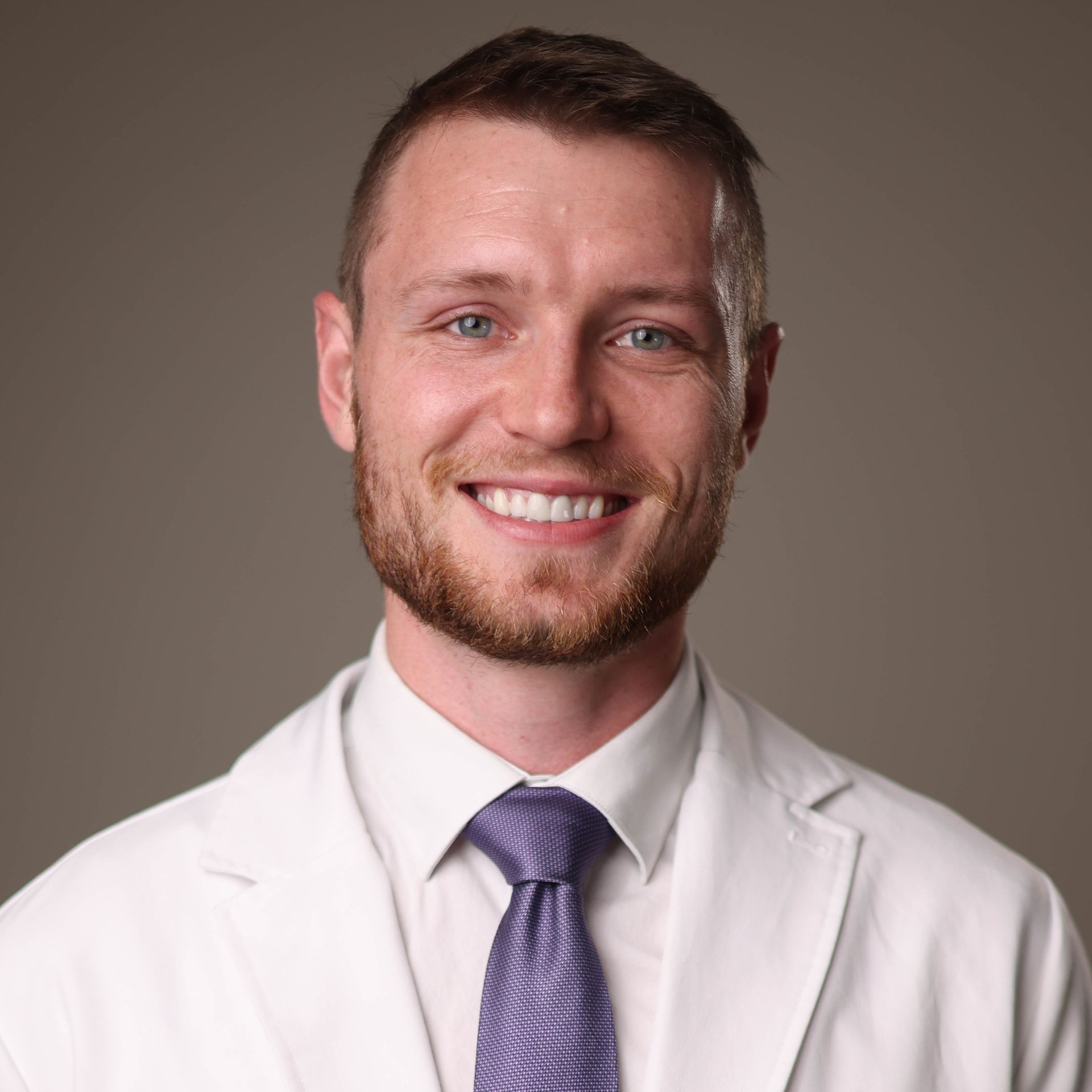Migraines
Looking Beyond The Triggers to the Root Cause
Why Am I Getting a Migraine?
For anyone dealing with migraines, it’s a question that lingers: Why am I getting a migraine, and how do I stop it? You’ve likely spent time trying to manage your condition by avoiding triggers like stress, bright lights, certain foods, or disrupted sleep. While these triggers may seem like the problem, they’re not the root cause.
Many migraine sufferers take daily preventive medication to reduce the likelihood of an attack or carry acute medications, like triptans, to stop a migraine when it begins. While these methods can provide temporary relief, they focus on managing symptoms rather than addressing the underlying dysfunction.
The reality is that migraines are not caused by the trigger itself but by an underlying dysfunction that makes your body more sensitive to those triggers. Addressing this dysfunction—not just avoiding triggers—is the key to long-term migraine relief.
The Root Cause of Migraines: More Than Just Triggers
Migraines are a complex neurological condition often tied to dysfunction in the craniocervical junction, the area where your skull and spine meet.
1. Brainstem Function and the Trigeminal Nerve
The trigeminal nerve, responsible for pain sensations in the head and face, originates from the trigeminal nucleus, located inside the brainstem. Misalignments in the upper cervical spine can irritate the trigeminal nucleus, causing a direct irritant effect on the trigeminal nerve. This irritation can result in debilitating referred pain throughout the head. This connection is a major root cause of migraines, yet it is often overlooked in traditional treatments.
2. Blood Flow and Pressure Dysregulation
The craniocervical junction is also home to the primary blood vessels responsible for supplying the brain. These include the vertebral arteries and their branches, as well as the carotid arteries and jugular veins. When the upper cervical spine is misaligned, these blood vessels can become compressed, leading to:
- Reduced blood flow into the brain, affecting oxygen delivery.
- Restricted drainage of blood through the jugular vein, increasing intracranial pressure.
- Pressure imbalances that trigger migraines, often felt as a sensation of heaviness or pain behind the eyes.
Correcting misalignments in the upper cervical spine restores proper blood flow and relieves the pressure dynamics contributing to migraines.
3. Hypersensitive Nerves
Another root cause of migraines is nerve hypersensitivity. When blood flow to the brain is inadequate, nerves become weak and hypersensitive. This hypersensitivity is what makes certain stimuli—like light, sound, or smells—trigger migraines for you but not for those around you.
These "triggers" are not the problem themselves; they simply expose the weakened threshold of your nerve system. By addressing the root cause of this hypersensitivity, we can help your body return to a state where these everyday stimuli no longer provoke migraines.
Advanced Orthogonal Chiropractic: A Solution That Addresses the Root Cause
Migraines often stem from misalignments in the craniocervical junction—the junction between the skull and the upper cervical spine. The bones in this region, particularly the atlas (C1) and axis (C2), are uniquely designed to allow a greater range of motion than the rest of the spine. However, this increased mobility also makes them more vulnerable to misalignment.
These misalignments can occur due to various physical forces, including:
- Falls, such as slipping on ice or tripping on a curb.
- Whiplash injuries from car accidents or sports impacts.
- Concussions or other direct hits to the head.
- Sports-related injuries that may not seem significant at the time.
When the upper cervical spine becomes misaligned, it disrupts the normal function of the brainstem, nerves, and blood flow. This dysfunction is a primary contributor to migraines.
At Cerebral Chiropractic, we use the Advanced Orthogonal Technique, a specialized upper cervical care method, to address these misalignments. Here’s how it works:
- Evaluation: The process begins with advanced imaging to measure the alignment of the upper cervical spine with millimeter precision. This allows us to detect even the smallest misalignments that other methods might overlook.
- Gentle Adjustment: Using cutting-edge percussion sound wave technology, we gently realign the craniocervical junction. Unlike traditional chiropractic care, there is no cracking, twisting, or popping of the neck.
- Restoration of Function: By correcting the misalignment, the Advanced Orthogonal Technique:
- Relieves irritation in the trigeminal nucleus, reducing referred pain and migraine intensity.
- Restores proper blood flow in and out of the brain, addressing pressure dynamics and improving oxygen delivery.
- Strengthens nerve health, reducing hypersensitivity and minimizing migraine triggers.
This approach addresses the root causes of migraines rather than simply masking the symptoms. Patients often find that once proper alignment is restored, they experience significant, long-term relief—without relying on daily medications or frequent interventions.
What Makes the Advanced Orthogonal Technique Different?
The Advanced Orthogonal Technique is not only effective but also fundamentally different from traditional chiropractic care. While typical chiropractic adjustments involve manual manipulations, such as cracking or twisting the neck, the Advanced Orthogonal Technique uses a completely non-invasive approach.
Here’s how it stands apart:
- Precision: Traditional care often relies on manual adjustments, which can vary depending on the practitioner. The Advanced Orthogonal Technique uses advanced imaging and sound wave technology, ensuring consistent, reproducible corrections tailored to each patient’s anatomy.
- Gentleness: Manual manipulations may be uncomfortable or even intolerable for patients with migraines, headaches, or neck pain. The Advanced Orthogonal Technique delivers corrections so gentle that many patients describe the experience as relaxing. This is particularly important for individuals already dealing with heightened sensitivity.
- Long-Lasting Results: By precisely targeting the root cause of misalignment in the craniocervical junction, the technique addresses the root cause, providing sustainable relief without the need for frequent interventions.
This combination of precision, gentleness, and consistency makes the Advanced Orthogonal Technique an ideal solution for patients who have tried other methods without success or are hesitant about traditional chiropractic care.
Living Proof: How Migraine Sufferers Found Relief
Living with migraines can affect every aspect of your life—your work, your relationship with your significant other, and even how you engage with your children. The people around you may not fully understand just how debilitating migraines can be, but at Cerebral Chiropractic, we do. Here’s how we’ve helped patients just like you:
Living Migraine-Free for the First Time in Years
"I used to wake up every week with a migraine that left me bedridden for hours. After starting care at Cerebral Chiropractic, I noticed a difference almost immediately. Now, I’ve gone six months without a single migraine, and I finally have my life back."
– Stephanie T.
Take the Next Step
If you’re tired of struggling with chronic migraines and are ready to sit down with a doctor who will take the time to uncover the root cause, we’re here to help.
At Cerebral Chiropractic in St. Petersburg, our experienced doctors use the Advanced Orthogonal Technique to evaluate and treat the craniocervical junction. We offer a patient-first approach designed to deliver long-term relief and help you get back to living the life you deserve.
Contact us today at (727) 677-0001 or visit us online to schedule your consultation.
Let us help you take the first step toward real migraine relief.
References
- Mayo Clinic. "Migraine: Symptoms and Causes." Accessed January 2025. https://www.mayoclinic.org/diseases-conditions/migraine-headache/symptoms-causes/syc-20360201.
Related Articles


Our Doctors
Experts in Spinal and Neurological Care
Dr. Chris Slininger, DC, DCCJP
Craniocervical Specialist
Dr. Slininger focuses heavily on complex neurological conditions and advanced spinal challenges such as headaches, migraines, dizziness, vertigo, concussion, mTBI and more.
Dr. Ethan Surprenant, DC
Upper Cervical Chiropractor
Dr. Surprenant specializes in innovative, non-invasive Upper Cervical Chiropractic Care, uniquely addressing complex neurological conditions like dysautonomia, migraines, headaches, cranio-cervical syndrome, to restore lasting neurological health.



